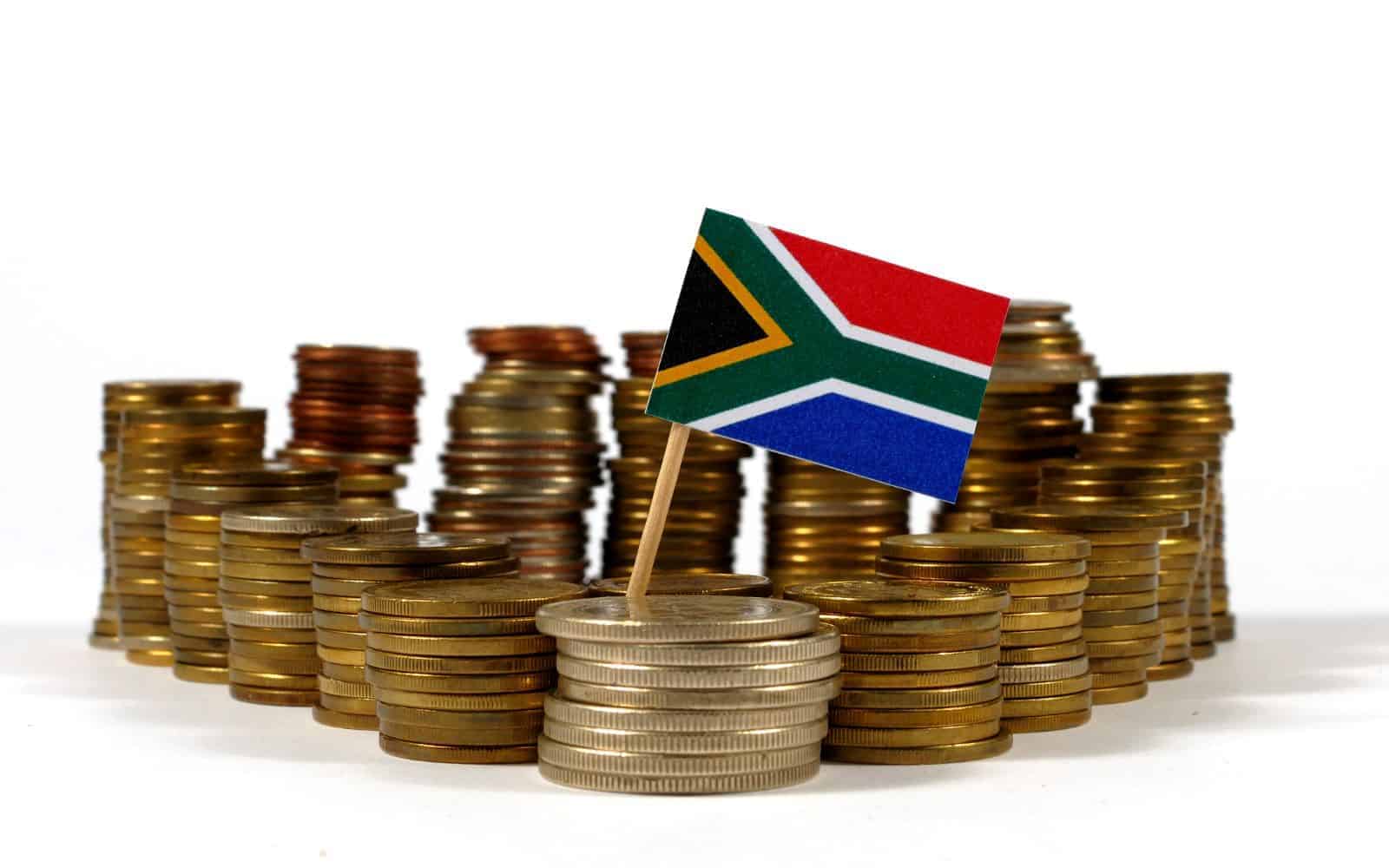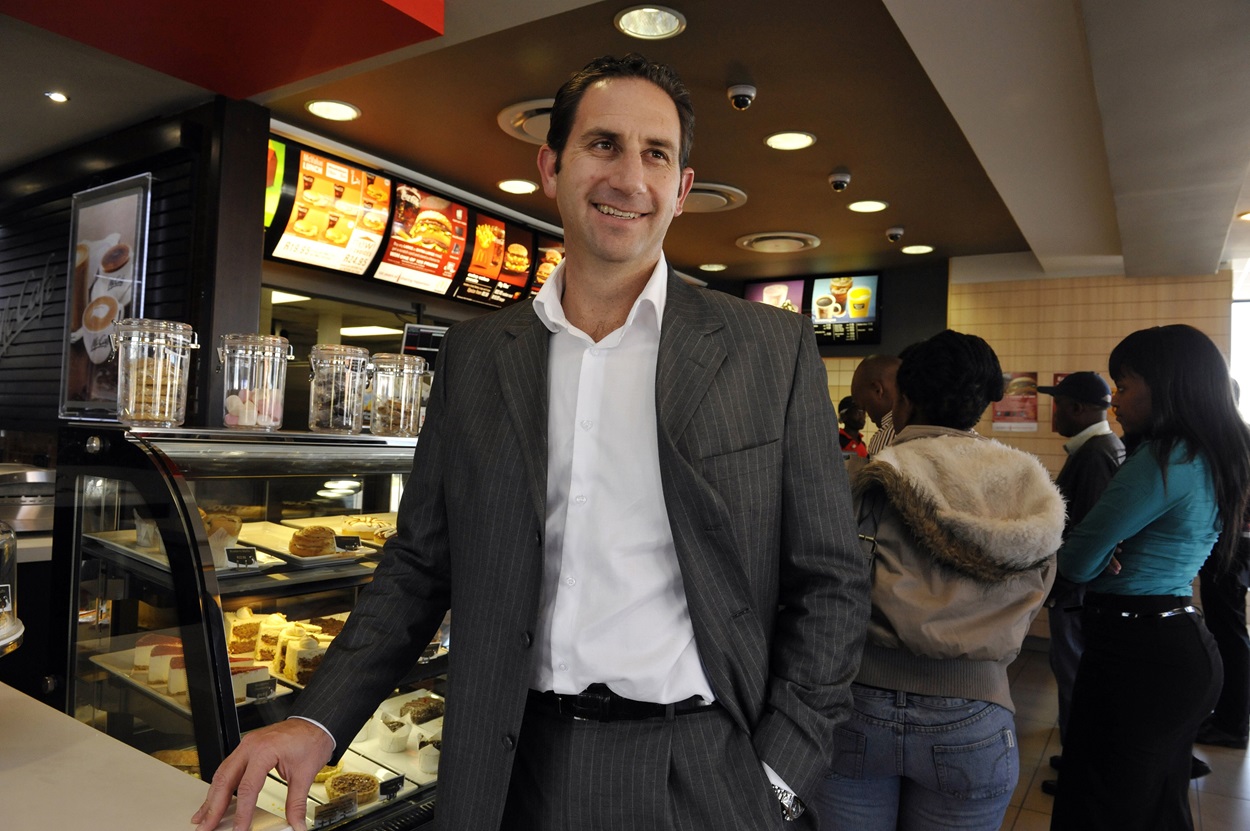Consumers buckling under debt are holding their breath to see if the Reserve Bank will cut the repo rate with 25 or 50 basis points on Thursday.
Economists are calling for a 50 basis points repo rate cut after the news on Wednesday that the inflation rate decreased by a full 1% in October. They say there are now no inflation expectations to justify not cutting the repo rate by 50 basis points.
The South African Reserve Bank (Sarb) has the constitutional mandate to protect the value of the rand by keeping inflation low and steady and uses interest rates to influence the level of inflation. To protect the value of the rand, the Sarb currently uses inflation targeting to maintain consumer price inflation between 3% and 6%.
Professor Bonke Dumisa, an independent economic analyst, says the inflation rate dropping to 2.8% in October as announced by Statistics SA is very encouraging, especially when compared to the impressive 3.8% in September.
“This emboldens me to say that the Monetary Policy Committee (MPC) of the South African Reserve Bank (Sarb) must tomorrow [21 November] announce a 50 basis points repo rate cut from 8% to 7.5%. There are absolutely no inflation expectations to justify not cutting the repo rate by 50 basis points.”
ALSO READ: Repo rate expected to be cut again on Thursday, despite Trump’s win
Sarb has ample justification to cut the repo rate even by 50 basis points
Independent economist Elize Kruger agrees with him. She says with inflation at this low level and the repo rate at 8.0%, the real repo rate is at 5.2%, which is exceptionally restrictive for an economy muddling along at or below 1% real growth.
“Even if the average in 2024 is considered at 4.4%, that implies a real repo rate of 3.6%, which is close to a full percentage point above the Sarb’s perceived neutral interest rate.
“With very gradual 25 basis points cuts every second month, the real repo rate will remain fairly restrictive for some time to come and as such the Sarb has ample justification to cut the repo rate even by 50 basis points at the MPC meeting.”
However, she points out that given recent Sarb rhetoric, the recent rand depreciation and a conservative committee, a repo rate cut of 25 basis points remains the base case forecast. “Bar the short-term impact on the rand exchange rate (which I believe will reverse in totality in coming months), the impact of the Trump victory in terms of policy changes will likely be more of a medium-term factor and should, in my view, not derail local interest rate expectations in the current cycle.”
ALSO READ: Reserve Bank cuts repo rate by 25 basis points thanks to diminished risks
Sarb could easily drop repo rate by 50 basis points
Frank Blackmore, lead economist at KPMG, says the inflation rate of 2.8% is way below the Sarb’s target level of 4.5%. He also points out that the main contributors to inflation still remain housing and utilities, most notably electricity at 11.5%, as well as miscellaneous goods and services adding a percentage point, which includes things such as insurance and financial services.
“We see food inflation reduced from contributing 0.9% in September to 0.7% this month. Core inflation also dropped, excluding food and non-alcoholic beverages, fuel and energy to 3.9%. Given these numbers, the Sarb could easily reduce interest rates by 50 basis points, but the expectation is probably for another 25 basis points reduction and then continuing those 25 basis point reductions into 2025 until we hit the level of around 7% on the repo rate, which is around the long term sustainable level.”
ALSO READ: Repo rate expectations – and how much you could save if it drops
Inflation expected to pick up again in coming months
Jee-A van der Linde, senior economist at Oxford Economics Africa, says the cooler inflation rate of 2.8% in October was broadly in line with their expectations and they still expect that the Sarb will cut the repo rate by 25 basis points tomorrow.
“The disinflation run has now ended and the headline rate will pick up gradually over the coming months. We correctly predicted the inflation rate decline in October and decimal changes meant that our headline forecast of 2.9% was slightly off. The consensus forecast was for inflation of 3.1%.
“The October inflation rate follows a series of favourable inflation surprises but marks the last disinflation reading as headline inflation will increase gradually from November onwards. However, South Africa’s inflation rate in 2025 will average below the 4.5% we forecast for 2024.”
He says the benign inflation outlook means that the Sarb can move forward with its policy easing cycle next year although there are risks of slower US monetary policy normalisation which puts emerging market central banks on a path for fewer rate cuts.
“Our revised forecast expects 75 basis points in cumulative rate cuts in 2025 compared to our previous projection of 100 basis points. In addition, a weaker South African rand, primarily due to a stronger US dollar, poses a risk to the inflation forecast.
“The rand has been among the worst-performing emerging market currencies since Donald Trump’s election victory. We expect the rand to deteriorate over the coming months, with the local unit forecast to reach R18.0/US$ by mid-2025.”
ALSO READ: How to make the most of the repo rate cut
25 basis points repo rate cut expected, with another 75 basis points in 2025
Johannes (Matimba) Khosa and Nicky Weimar, economists at the Nedbank Group Economic Unit, say their forecast was for inflation to decrease to 3.3%, while the market forecast was 3.2%. they expect headline inflation to start edging up in December and throughout next year as the base normalises.
“Fuel prices will also increase due to a slightly higher global oil prices and a weaker rand. In November, the price of Brent crude increased by more than 1% and the rand lost ground against the firmer US dollar, which rallied after Donald Trump won the US elections.
“Food prices will also increase as the impact of drier weather conditions earlier in the year continues to filter through to certain food items. However, global disinflation and favourable climate conditions will partly mitigate the upside in food inflation.”
They believe improved domestic operating conditions thanks to a stable electricity supply and further efficiency gains in logistics should also help to contain input costs and operating expenses throughout the food supply chain. They forecast inflation to end the year just below 4% and to average 4.5% in 2024.
“The upside risks to our forecast increased somewhat over the past month. The most significant concern is the likely change in US economic policies during the next four years during Trump’s administration, which will put pressure on the rand.
“The persisting geopolitical tensions around the oil-producing regions could disrupt the supply channels, resulting in a renewed surge in the oil price. High wage settlements and the possibility of higher-than-expected electricity tariffs and other administered prices could also exert some upside pressure.”
Khosa and Weimar warn that the economic recovery is unlikely to lead to significant demand pressure on prices. “Despite these risks, the inflation outlook remains relatively subdued, with CPI expected to hover around the Sarb’s 4.5% target. Consequently, we expected the Sarb to cut interest rates by 25 basis points tomorrow, followed by a further 75 basis points reduction in 2025.”
ALSO READ: Repo rate cuts in SA and US: challenges and opportunities
MPC will cut by 25 basis points and remain cautious
Koketso Mano, senior economist at FNB, says the inflation rate was also below FNB’s expectation of 3%. “We see inflation at 3.2% in November and project a steady lift in inflation going into 2025, but not surpassing 4.0%. This trend is supported by positive base effects and contained underlying inflation.
“At the September MPC meeting, the Sarb projected inflation to average 4.0% next year and 4.4% in 2026. This benign trend in inflation, alongside recent interest rate cuts in advanced economies, support a continued local cutting cycle.”
Mano says FNB expects a 25 basis points cut at tomorrow’s MPC meeting and at each subsequent meeting until May 2025, but points out that the outlook is not without challenges.
“The Fed has signalled that a slower-paced interest rate cutting cycle is on the cards, which will place pressure on emerging market assets.
“Furthermore, trade restrictions and looser fiscal policy remain pertinent risks to the outlook on global inflation and financial conditions. These factors should keep the MPC cautious.”














